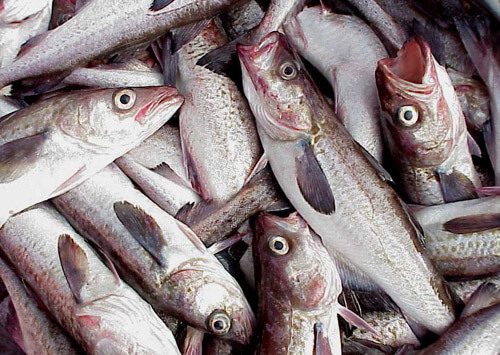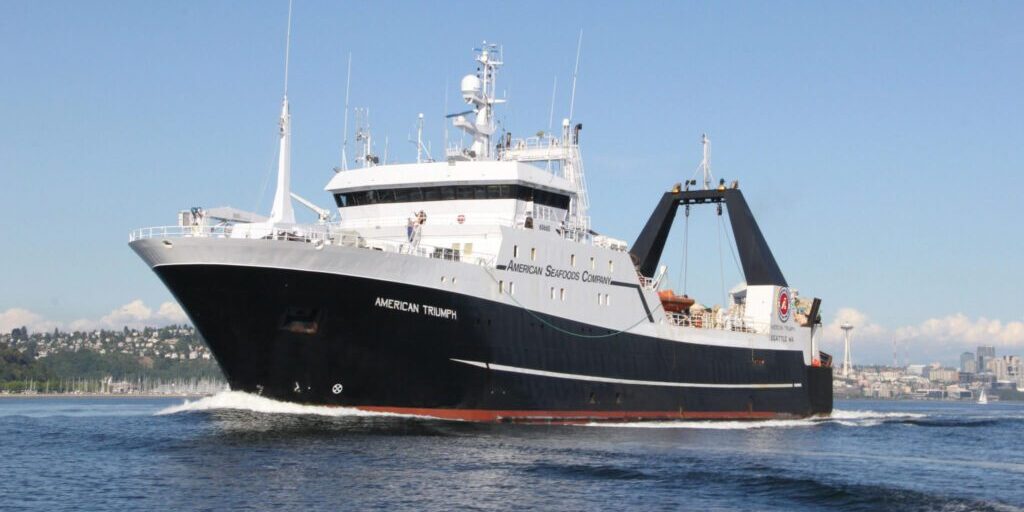Dating back to 1997, American Seafoods’ Western Alaska Community Grant Program has awarded over $2 million to organizations and programs in the state. Starting this year, the program’s annual budget is nearly doubling from $90,000 to $150,000.
Einar Gustafsson, CEO of the Seattle-based company, explained the reasoning behind the change.
“We have had this great program, and we want to elevate it. We’re doubling down on our donations to give back to the communities. We’re trying to improve food security in Alaska and increase awareness of healthy food, addressing critical needs in source communities,” Gustafsson said.
The initiative, now known simply as the Community Partnership Program, aims to address food security issues and community projects across Alaska. The program targets a broad range of needs, with awards typically ranging from $1,000 to $7,500. Communities in Kodiak Island, Aleutian and Pribilof Islands/Western Alaska Peninsula, Bristol Bay, Lower Kuskokwim, Lower Yukon, Norton Sound and communities north are invited to apply.
Gustafsson explained that projects that focus on those in need like the youth or elderly tend to get priority, along with maximizing the impact of the funds.
“Obviously, the number of people and the impact of the health, we're trying to do as much as we can with what little we have and to try to maximize impact. We're all part of the same community and you want to give back to the community and take care of your constituents and do the right thing.”
- Einar Gustafsson, CEO American Seafoods
Past beneficiaries of the program include the Bristol Bay Native Association Food Bank and the Brother Francis Shelter in Kodiak. The organizations have used the funding to purchase food, freight, and cover operational expenses.

Zooming Out
The fish economy in Alaska has faced a number of challenges recently; climate change, collapsing prices, and shifting international markets to name a few. Russian-derived pollock products have flooded global markets over the last few years, dodging sanctions and reportedly relabeling the product along the way.
The ostracized nation has ramped up their catch of the fish commonly used in sandwiches, fish and chips, and tacos by as much as 8.6% compared to the 2023 season in the Far Eastern Basin. Just this May, U.S. Senator Dan Sullivan labeled Russia’s behavior as a “war with the American fishing industry.”
This has led to increased competition for Alaskan fisheries, with Alaska’s Senate Finance Committee reporting that in 2023 Alaska’s economy lost more than $2 billion in value.
In the last year Seattle-based Trident Seafoods announced the sale of three processing plants across Alaska, with a sale pending for a fourth in Kodiak. Notably, the company has continued to purchase Russian fish through their German subsidiary, Pickenpack. Trident Seafoods’ CEO, Joe Bundrant, labeled the decision an “economic necessity for survival”.
To fight back against foreign influences in the fish market, Gustafsson says American Seafoods is advocating for clear and transparent labeling on seafood products to inform consumers about the origins of their food.
“We believe that labeling is very important. The consumer should know where their fish comes from,” Gustafsson emphasized.
Amidst statewide declines in salmon and crab stocks, Gustafsson remains optimistic about the state of pollock, which he says have shown resilience to climate change.
“The pollock stocks are in remarkably good shape. We have a pretty consistent total allowable catch of pollock over the last 20-30 years. We are seeing very good fishing right now and plenty of fish out there,” Gustafsson said.

Gustafsson hopes the Community Partnership Program can help Alaskan communities as they deal with the widespread impacts of a declining fish economy.
“We can’t do everything for everybody, but let’s get in the process and see what we can do. We definitely encourage everyone to apply,” he said.
The deadline to submit an application for the upcoming round of awards is September 16. For more information or to apply for the Community Partnership Program, visit americanseafoods.com.




